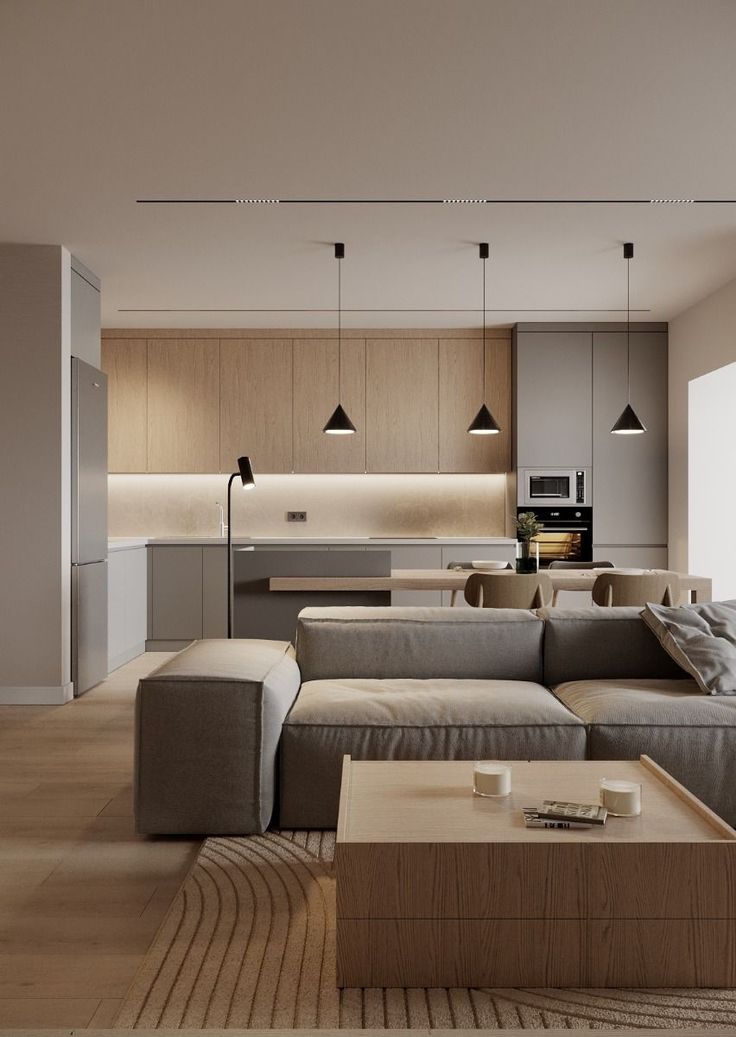Discover How Thoughtful Home Renovation Can Enhance Your Living Space
Home renovation is more than just a visual upgrade — it’s an opportunity to create a space that truly reflects your personality, supports your lifestyle, and enhances comfort. Whether it’s improving functionality, updating materials, or rethinking layout, thoughtful renovation can make a lasting impact on how you experience your home every day. Understanding renovation planning, design principles, and budgeting strategies helps you make informed decisions that lead to satisfying, long-term results. This article explores the essential elements of successful home renovation, from design inspiration to sustainable choices, helping you discover how to turn your house into a space that feels both beautiful and functional.

1. Understanding the Purpose of Renovation
Before starting any renovation project, it’s important to understand the purpose behind it. Are you renovating to improve comfort, increase property value, or adapt your home to new needs? Defining clear objectives helps guide every decision — from choosing materials to setting a realistic timeline. A renovation focused on long-term functionality often brings more satisfaction than one driven purely by appearance. Clarity of purpose also helps you communicate effectively with designers and contractors, ensuring that your vision is achieved efficiently and accurately.
2. Choosing a Renovation Style That Fits Your Personality
Every home tells a story, and the design style you choose should reflect yours. Whether you prefer a modern minimalist look, a cozy rustic charm, or a timeless classic aesthetic, it’s essential to select a design that feels natural to you. Start by collecting inspiration — online platforms, magazines, and design exhibitions can help you identify colors, materials, and layouts that resonate with your taste. Consistency across rooms creates visual harmony, but adding a few personalized touches — such as artwork, lighting, or textures — gives your home a unique identity.
3. The Importance of Space Planning
Good renovation begins with smart space planning. Maximizing usable space doesn’t always mean adding square footage — it means optimizing flow and functionality. Think about how you move through your home daily. Are there areas that feel cramped, unused, or awkwardly arranged? Proper layout design can improve comfort and efficiency. Open floor plans, for example, can create a sense of spaciousness, while designated zones for work or relaxation help define purpose. Functional storage solutions, such as built-in cabinets or multi-purpose furniture, make small spaces feel more organized and livable.
4. Materials and Quality: Building for the Long Term
The materials you choose influence not only the appearance but also the durability and maintenance of your renovation. Natural materials like wood, stone, and clay create warmth and texture, while engineered materials offer consistency and cost-effectiveness. When selecting flooring, countertops, or wall finishes, consider their resistance to wear, humidity, and temperature changes. High-quality materials might require higher upfront costs, but they reduce long-term maintenance and replacement needs. Informed material choices contribute to both visual appeal and lasting value.
5. Lighting: The Hidden Element of Design
Lighting is one of the most underrated aspects of renovation, yet it shapes how every color, surface, and detail is perceived. A well-lit room feels spacious and inviting, while poor lighting can make even beautiful designs look dull. Combine natural and artificial lighting to balance brightness and mood. Use layered lighting — ambient for overall illumination, task lighting for functionality, and accent lighting to highlight design features. Thoughtful lighting design not only enhances aesthetics but also improves well-being by influencing energy and focus.
6. Budgeting and Cost Awareness
One of the biggest challenges in renovation is budgeting. Start by setting a clear budget range, then allocate funds based on priority areas. Unexpected costs are common, so it’s wise to set aside an additional 10–15% for contingencies. Transparent communication with contractors and designers about costs and expectations prevents financial stress. Remember, the most expensive option isn’t always the best — value comes from balancing quality, durability, and practicality.
7. Sustainability and Eco-Friendly Design
Modern renovation trends increasingly emphasize sustainability. Using eco-friendly materials, energy-efficient appliances, and improved insulation can reduce both environmental impact and long-term costs. Reusing or repurposing existing furniture is another sustainable practice. Additionally, incorporating natural light, ventilation, and green plants enhances indoor air quality and mental well-being. Sustainable renovation isn’t just about being environmentally conscious — it’s about creating a healthier, more balanced living space.
8. The Role of Professional Guidance
While many homeowners enjoy DIY projects, professional input is invaluable in larger renovations. Architects and designers bring technical expertise and creative solutions that ensure functionality, safety, and aesthetics. They help identify potential structural issues, optimize space use, and coordinate the project timeline. Consulting experts can also help you navigate permits, materials, and design trends more efficiently. Collaboration with professionals turns ideas into practical, durable results.
9. Final Thoughts: Creating a Home That Grows With You
A successful renovation is one that continues to meet your needs as your life evolves. It’s about building spaces that adapt — flexible rooms, efficient layouts, and timeless designs that remain relevant over the years. By approaching renovation with a clear purpose, thoughtful planning, and sustainable choices, you can create a home that not only looks beautiful but also feels right for who you are today and who you’ll become tomorrow.







